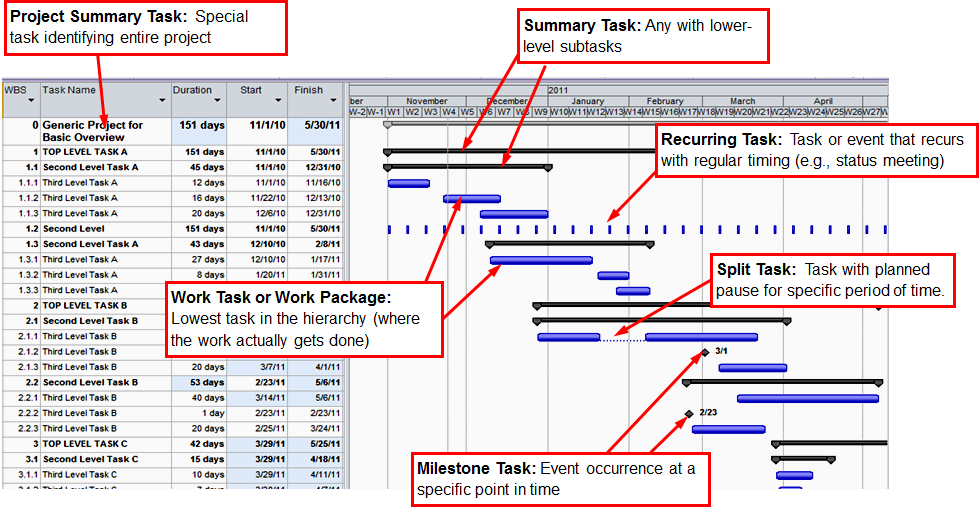Introduction
In the fast-paced world of ICT project management, staying organized and on track is essential for success. One tool that has revolutionized project planning and tracking is the Gantt chart. This article will delve into the intricacies of Gantt charts, exploring their definition, components, creation process, utilization for project tracking, and the numerous benefits they offer in the context of ICT project management.
Gantt Chart in ICT Project Management
Understanding the Gantt Chart
A Gantt chart is a visual representation of a project schedule, displaying tasks, timelines, and dependencies in a horizontal bar chart format. It provides project managers and team members with a clear overview of project progress, allowing them to identify critical tasks, track milestones, and allocate resources effectively. With its intuitive layout, the Gantt chart simplifies complex project schedules and facilitates better decision-making throughout the project lifecycle.
Components of a Gantt Chart

Key components of a Gantt chart include task names, start and end dates, durations, and task dependencies. Each task is represented by a horizontal bar, with its length corresponding to its duration. Dependencies between tasks are indicated by arrows, illustrating the sequence in which tasks must be completed. Additionally, milestones, deadlines, and resource allocations may be incorporated into the chart to provide further context and guidance for project execution.
Creating a Gantt Chart
Creating a Gantt chart involves several steps, beginning with identifying project tasks, estimating their durations, and determining task dependencies. Project management software such as Microsoft Project, Asana, or Trello can be used to create Gantt charts, offering built-in templates and tools for customization. Once created, the Gantt chart serves as a dynamic tool that can be updated and adjusted as the project progresses, ensuring that the project schedule remains accurate and up-todate.
Utilizing Gantt Charts for Project Tracking
Gantt charts play a crucial role in project tracking by providing real-time visibility into project progress and performance. Project managers can use Gantt charts to monitor task completion. To identify bottlenecks or delays, and make informed decisions to keep the project on track. Team members can also refer to the Gantt chart to understand their roles and responsibilities, prioritize tasks. Also to collaborate more effectively with colleagues.
Benefits of Using Gantt Charts in ICT Project Management
The benefits of using Gantt charts in ICT project management are manifold. They promote transparency and accountability by clearly outlining project timelines and responsibilities. They facilitate better communication and collaboration among project stakeholders, reducing misunderstandings and ensuring alignment towards common goals. Gantt charts enable project managers to optimize resource allocation. To minimize project risks, and ultimately deliver projects on time and within budget.
Conclusion
In conclusion, Gantt charts are indispensable tools for ICT project managers seeking to streamline project planning, tracking, and execution. By harnessing the power of Gantt charts, project teams can enhance their efficiency, productivity, and overall project success. As ICT projects continue to evolve in complexity and scale, the Gantt chart remains a valuable ally in navigating the challenges of modern project management.
